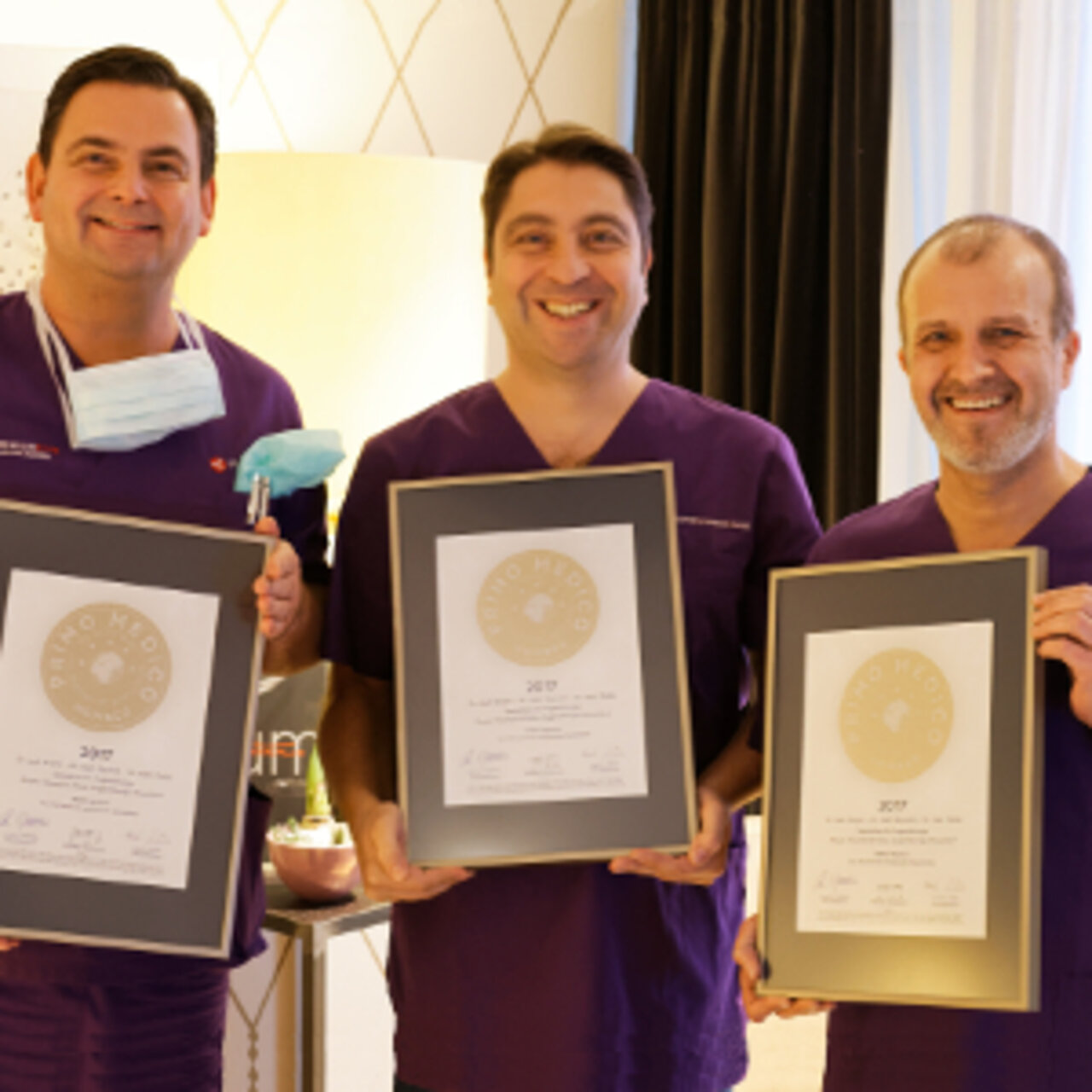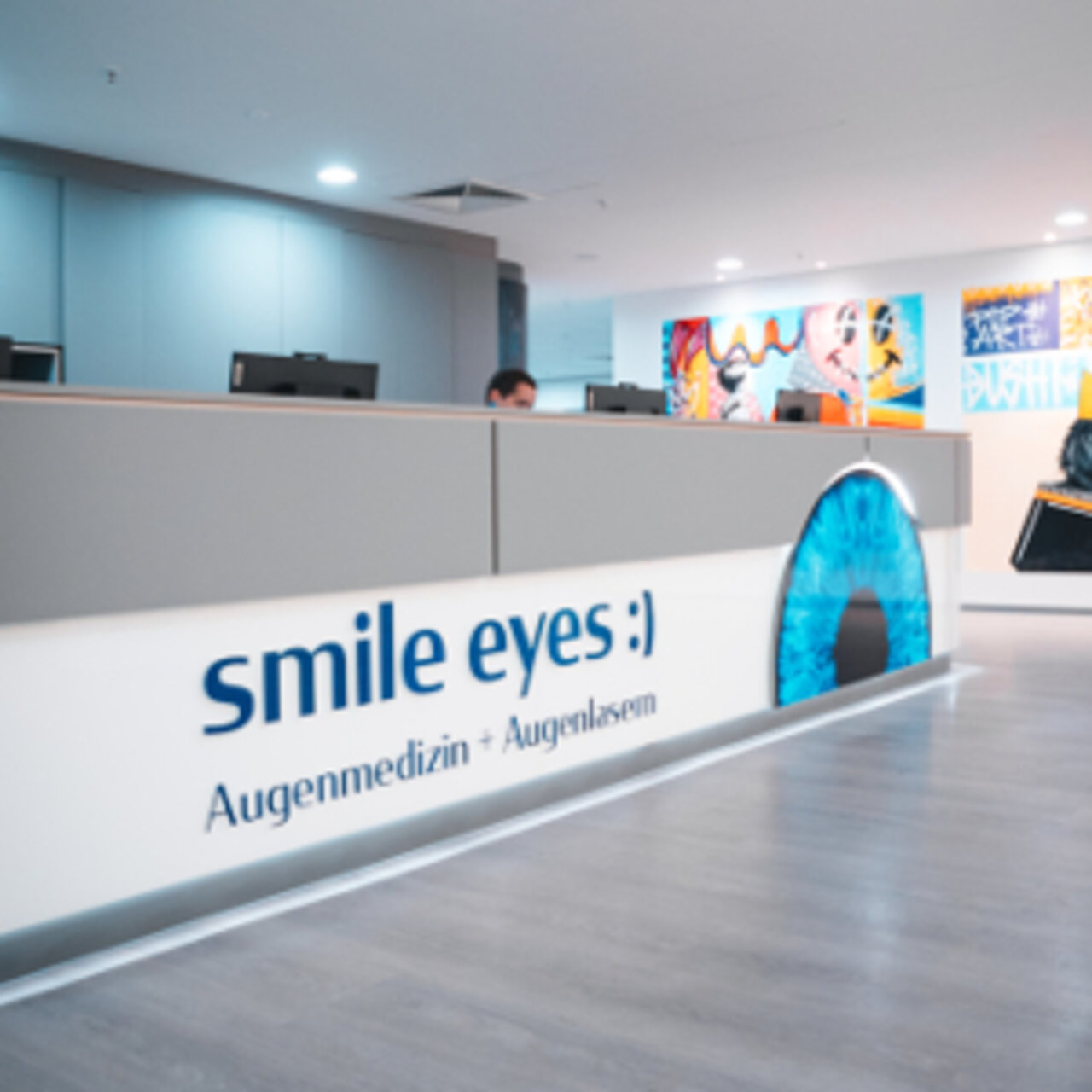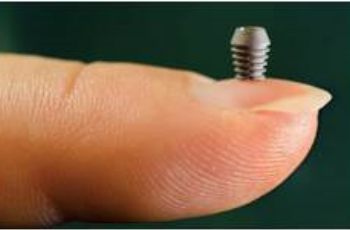Specialists in Ametropia
7 Specialists found
Information About the Field of Ametropia
What types of ametropia are there?
Nearsightedness, farsightedness, astigmatism and presbyopia are the most frequent and widely known forms of ametropia. Approximately 25 percent of people in Germany are nearsighted, 35 percent of the population under the age of 60 is farsighted while eventually every person will develop age-related vision loss (presbyopia). Nearsightedness as well as farsightedness frequently go hand in hand with astigmatism. Apart from this, further refractive errors such as night blindness or color vision deficiencies exist.
Nearsightedness (Myopia)
Near-sighted people cannot see objects in the distance clearly. Mild myopia means that the near surroundings can still be seen in focus, but more distant objects are perceived a bit blurry. In cases of severe myopia, only objects within a distance of few centimeters away can be seen sharply. Most of the cases are simple myopia with mild to moderate nearsightedness. Simple myopia frequently sets in during school age and mostly remains unchanged from the age of 25 to 30. High myopia is a rare condition that is oftentimes associated with significant alterations of the eye.
Farsightedness (Hyperopia)
Farsighted individuals experience blurry and hazy vision at close range, but are able to recognize things in sharp focus at a distance. In children, mild farsightedness is common. but it can improve with the growth of the eyeball. More severe farsightedness is particularly challenging when reading or working on a computer. Young people are able to overcome farsightedness to some degree by accommodating (adjusting the refractive power) of the lens. Nevertheless, the eye muscles need to continuously flex for sharp vision.
Astigmatism
About 20% of nearsighted as well as farsighted people are additionally affected by astigmatism. Astigmatism arises mostly due to a curvature disorder of the cornea. In such cases, the cornea exhibits different degrees of curvatures in directions perpendicular to each other rather than showing a uniform globular shape. As the light beams hit the eye, they consequently do not fuse to a punctate image on the retina, like in a sharp image, but a linear image. This is how the term “astigmatism” came about (dieser Satz macht nur auf Deutsch Sinn).
Age-related vision loss (Presbyopia)
As we get older, naturally our eye's ability to focus on close objects is getting worse. This means that reading becomes more exhausting and small characters become harder to distinguish. People with normal vision require their first reading glasses once they reach approximately 45 years of age.
Disorders of color vision
About 8% of men and 0.4% of women are born with a color vision disorder. Most commonly, the sense of distinguishing red from green is affected which means these individuals confuse the colors red and green.
Night blindness (hemeralopia)
Night blindness means that the eyes are unable to become adapted to seeing in the dark. Therefore affected people normally see when surroundings are bright, but have very poor vision in the dark. Humans are equipped with two distinct types of sensory cells for daytime as well as night vision, which are referred to as cones and rods. While the cones provide color and bright vision, the rods are responsible for vision at dawn and dusk. People with night blindness have limited function of the rods.
A distinction must be made between this and night myopia, as people with mild myopia tend to see worse in the dark than during the day.
What can cause ametropia?
In people with normal vision, parallel incoming light rays are refracted by the lens and cornea in such fashion that they meet accurately on the retina. which results in a sharp image.
The eyeball of nearsighted people is mostly too long relative to the refractive power of the eye. but the cause can also be that the refractive power of cornea and lens is too high. In both cases, parallel incoming beams from far away already converge in the vitreous body that is in front of the retina. As a result, the image appears out of focus. There is a genetic predisposition for myopia which is congenital and often hereditary, therefore the probability of being nearsighted is higher if other family members are also nearsighted. Other factors contributing to the development of myopia can be lots of work with close objects, such as computers or frequent reading at close distances from books. On the contrary, a rare condition reffered to as high myopia may be hereditary but is not influenced by any external factors.
Farsightedness is an inborn condition. Farsighted people usually have an eyeball that is too short in relation to the refractive power, but another more rare cause can be an insufficient refractive power generated by the cornea and lens. As a result, parallel light beams hitting the eye only converge behind the retina.
Astigmatism is congenital in most cases, as well. Generally, the vertical plane is more strongly curved and thus generates a refractive power greater than that of the horizontal plane. A likely cause for this uneven curvature is probably the pressure applied onto the cornea by the upper eyelid. Other forms of corneal astigmatism are irregular and can be caused by scars on the cornea, for example.
Presbyopia is a natural phenomenon of ageing and results from a reduction in the eye's accommodation ability (adjustment of the refractive power). For seeing objects in focus at reading distance, the eyes are required to amplify their refractive power by actively curving the lens. A young person's lens is elastic, but as we grow older its elasticity decreases until it eventually becomes rigid at around 60 years of age.
Night blindness can be present from birth or can be caused by a vitamin A deficiency. Vitamin A plays an important role in the function of the rods. When there is not enough vitamin A, rods can produce less of the molecule rhodopsin. Rhodopsin is also referred to visual purple due to its red color and it allows for vision in situations with diminished brightness.
How is ametropia diagnosed?
Anyone who is suspicious of having poor vision may visit an ophthalmologist for an evaluation of their eyesight. Children are also screened regularly for vision problems by a pediatrician. In addition, all drivers have to undergo an eye test for obtaining their driver's license.
An ophthalmological examination involves distinguishing numbers or letters from a standardized distances. These characters are presented in varying sizes on a panel or projected to the wall in order to evaluate distance vision. The patient is seated in front of the chart at a certain distance and is asked to read the figures out loud. By doing this, the ophthalmologist can tell if visual acuity is reduced. Children read small pictures or the letter E rotated in different directions instead of numbers or letters. Normal visual acuity measures 1.0. Near vision is evaluated by reading charts positioned at reading distance.
If patients fail to recognize small characters, the eye physician proceeds to determine the degree of ametropia. The doctor will offer the patient glasses with varying strengths until they can even see the small characters sharply. Farsighted patients are administered eyedrops in advance to relax the eye muscles. This is the only way to adequately determine the degree of hyperopia.
In addition, an automated refractometer is applied that measures the ametropia. This device can objectively determine the eye’s refractive power in a standardized way by emitting a light beam into the eye and measuring its refraction. This renders the examination independent from the patients‘ perception.
Also corneal astigmatism can nowadays be measured by automated devices by evaluating the corneal surface. Most of the times a combined device for measuring corneal surface and refractory power is used.
Further examinations involve color charts offering the physician data about color vision, three-dimensional vision and vision at dawn and dusk.
How can ametropia be corrected?
Predominantly prescription glasses and lenses are considered for correcting ametropia. Most of the times, glasses and lenses can correct myopia, hyperopia, astigmatism and presbyopia quite well.
Glasses for nearsighted people are equipped with concave lenses which is also referred to as negative or diverging. It is thicker at its rim than in the center. As a result, incoming light rays are more diverged causing the meeting point of the beams to be shifted backwards – in the optimal case precisely on the retina.
Glasses for farsighted people have convex lenses that are also called positive and function as a converging lens. Its center is thicker than the rim so that entering light beams are further refracted and the meeting point of the beams is shifted to the front.
Myopia and hyperopia without corneal astigmatism are corrected with spherical glasses that refract light to the same degree in all directions. Astigmatism is however corrected with a cylindrical or toric lenses. This type is able to change the refractory power in exclusively one plane and correct the corneal curvature. Since most corneal astigmatisms present in combination with hyper- or myopia though, the prescription glasses are comprised of both cylindrical and spherical parts.
Presbyopia can be corrected by reading glasses that is put on whenever required. Those who develop presbyopia on top of a preexisting vision deficiency, multifocal glasses are an option.
Bifocal lenses have two different strengths: the lower part is for near vision, compensating for presbyopia, while the upper part is for far vision. Trifocals are comprised above mentioned strengths for near and distant vision and a further medium strength. Nowadays varifocals have widely replaced trifocals. Such glasses offer smooth transitions between the different strengths.
Contact lenses function just like prescription glasses, meaning either like a diverging, converging or toric lens and also bifocal contact lenses are available. Most patients choose contact lenses for cosmetic reasons, however, they can be more comfortable to wear especially for patients with more severe ametropia as prescription glasses would have to be quite thick.
There is also the possibility of surgically correcting ametropia, which is referred to as refractive surgery. Various methods are used, that either change the refractory power of the lens or the cornea.
Operations involve removing some parts in particular areas of the cornea with a laser in order to reach a different curvature and refractory power. Like in trans-PRK or LASEK, the cornea can be ablated superficially. Other methods (LASIK, femto-LASIK, REFLEX) involve removing corneal tissue from underneath the surface. The actual corneal surface is folded to the side like a flap during the procedure. REFLEX SMILE is an operation in which tiny layers of cornea are removed from the inside via two small incisions at the center of the cornea.
Also through the placement of an artificial lens (phakic intraocular lens or phakic IOL) ametropia can be corrected. The artificial lens resembles a contact lens and can be fixated within the anterior chamber of the eye at the iris or supported by the iridocorneal angle. It can also be placed behind the iris sitting on the lens.
Furthermore, the natural lens can be completely exchanged by an artificial lens (refractive lens exchange, RLE). This technique is indicated for presbyopia patients that additionally are nearsighted.
Which doctors and clinics specialize in the correction of ametropia?
For surgical correction of ametropia, eye clinics that specialize in laser surgery are the way to go. Modern techniques of the refractive surgery have by now reached a high level of quality. A specialized ophthalmologist will examine the eyes thoroughly, educate the patient and recommend the most appropriate therapy for the individual ametropia.
Let us help you find an expert for your condition. All doctors and clinics listed have been evaluated by us for their outstanding specialization in the field of ametropia and are looking forward to your inquiry or wish for treatment.
Medical Articles
Your benefits
If you have found a matching specialist, you can contact him/her directly and upload records if needed. And in case you need treatment, you can…
We will direct your request to the appropriate specialists
We are happy to assist you in choosing a specialist for your needs. The service of PRIMO MEDICO is always free, confidential and discreet for…
The treatment of scoliosis in transition - When is surgery necessary?
Scoliosis is a lateral deviation of the spine. This usually involves torsion of the individual trunk sections as well as a change in the side…
Specialists' Second Opition
Many people suffer from shoulder pain or hip problems. In this case, doctors quickly recommend surgical intervention. But is this really always…
High-tech against cancer: new treatment facility put into operation
At the Paul Scherrer Institute in Switzerland a new state-of-the art treatment facility, the so-called Gantry 3, has been put into operation.
Implants: "The Longer, the Better" Has Had Its Days
Ultra-short implants have a significantly better durability than expected by experts - with lower costs, treatment times, and complications.
Modern Prostheses for Natural Walking
The ankle joint is particularly susceptible to degeneration such as osteoarthritis. It has to bear the greatest weight of all joints in the body.










![[Translate to English:] Zweitmeinung von Spezialisten [Translate to English:] Zweitmeinung von Spezialisten](/fileadmin/user_upload/Zweitmeinung-von-Spezialisten_350px.jpeg)


